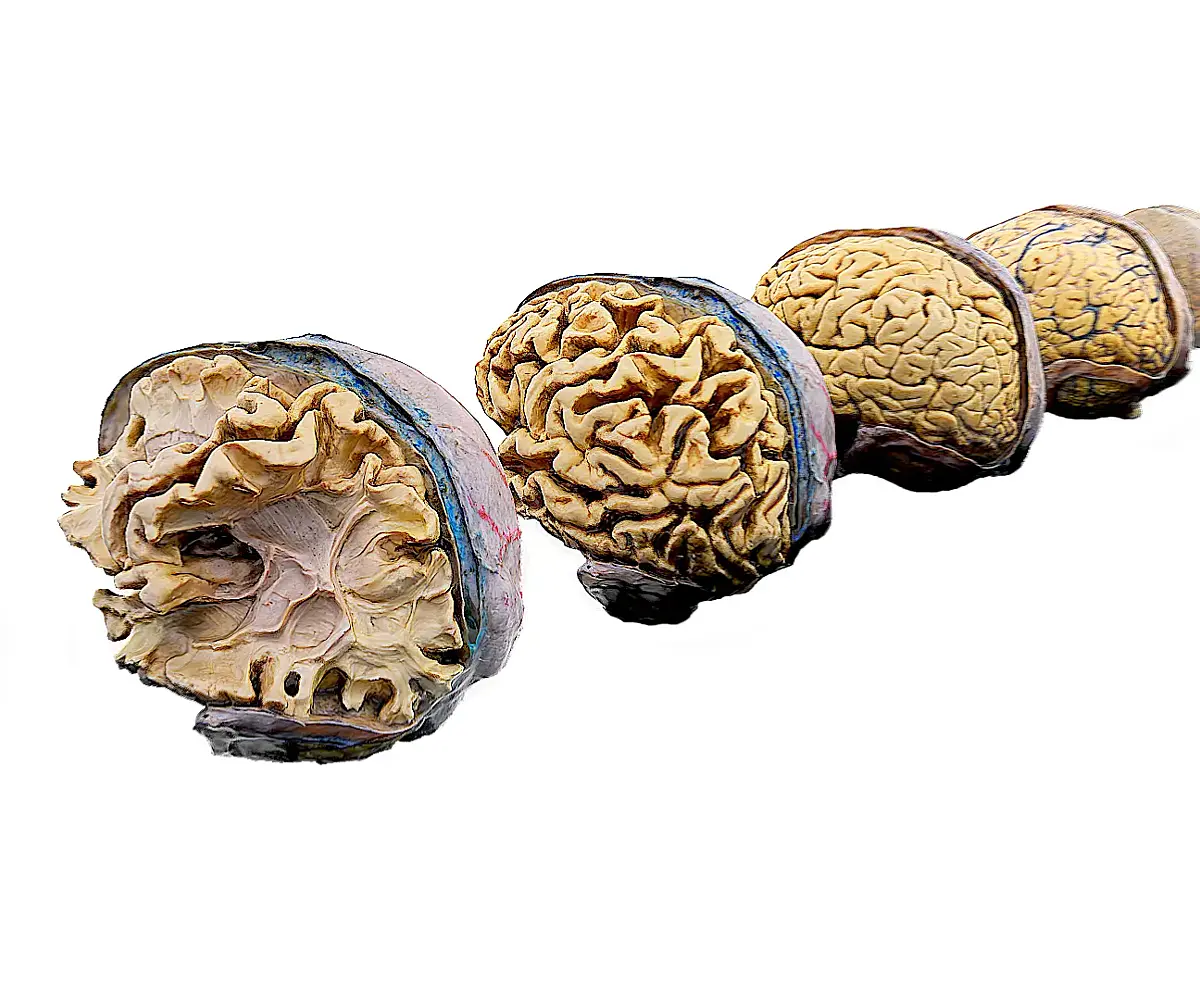
UCSF Surgical Neuroanatomy Collection

The 21st century represents an era of exponential proliferation of digitalized material—one in which new and immersive technologies are being leveraged to aid us in overcoming some of the deficiencies of relying solely on 2D representations of anatomy. In neurosurgical education, and more importantly, in our primary goal of serving patients, these technologies hold promising potential.
The Skull Base and Cerebrovascular Laboratory team at the University of California, San Francisco (UCSF) is dedicated to using 3D technologies to create volumetric models (VMs) of surgical neuroanatomy for education and surgical planning. We perform physical and virtual anatomical dissections using state-of-the-art technology to enhance neurosurgical clinical care and research. Additionally, we are passionate about sharing our discoveries and knowledge with researchers around the world.
The UCSF Surgical Neuroanatomy Collection is intended for use by neurosurgeons, residents, and students in order to enhance their understanding of complex spatial relationships between neurovascular structures and bony landmarks. Major advantages of VMs include 3D visualization and user interaction—including the ability to rotate the model 360-degrees and interact with annotated anatomical features using different immersive technologies (i.e., virtual reality, mixed reality, augmented reality).
Given the continued and rapid integration of computer graphics technology into neurosurgery, we believe that new approaches to learn and understand the beauty of neuroanatomy may help us stay up-to-date with rapidly advancing technology and anticipate the future of medical pedagogy.

